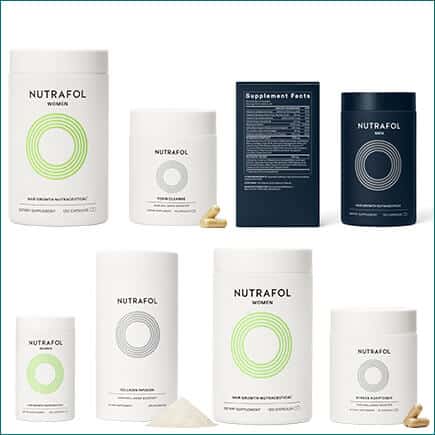After cancer treatment, patients are likely to have scars, deformities, or defects. Therefore, surgeons perform reconstructive surgery to repair, reconstruct and restore these physical defects. Breast reconstruction comprises several operations to achieve the best results possible.
These procedures aim to enhance the patient’s appearance and confidence. The primary purpose of reconstructive surgery after breast cancer treatment is to reduce scarring and disfigurement. Free-flap reconstructive surgery shapes the breast without using implants. This advanced procedure uses tissue from your body, making it a practical and healthier alternative to implants.
Free-Flap Reconstruction
This procedure has revolutionized breast reconstruction. Free-flap uses tissue from your body to reconstruct the affected breast area, which lowers the need for long-term medications. Flaps are more natural and don’t require extra surgeries. Some of the different types of free flap breast reconstruction include:
Expander/Implant Based Breast Reconstruction
This procedure can be performed in an immediate (at the same time as mastectomy) or delayed fashion (after completely healed from mastectomy). Expanders are placed after mastectomy to create an appropriate breast pocket for placement of silicone breast implants. In some cases, silicone breast implants can be placed immediately at the time of mastectomy. To determine if you are a candidate for immediate vs delayed and expander vs implant breast reconstruction you should consult with your plastic surgeon.
Free TRAM flap
This procedure involves acquiring blood vessels, fat, and muscles from the lower abdomen. Microsurgery enables the surgeon to reattach blood vessels of the flap to those on your chest. This procedure obtains muscle tissue using “muscle sparing.” This ensures the surgeon obtains the right portion of muscle tissue.
DIEP flap
Unlike the TRAM flap procedure, DIEP does not use muscle tissue for reconstruction. Instead, the surgeon uses microsurgery to reattach blood vessels on the flap to those in your chest. The recovery rate increases, and the risk of losing abdominal muscle strength lowers.
TUG/TMG flap
This procedure requires the gracilis muscle, which prompts surgeons in acquiring needed tissue from your inner thigh or buttock. TUG reconstruction helps women with several issues such as small breast size or patients deemed unfit for TRAM and DIEP.
Our team of experts can assess and recommend the most effective flap reconstruction procedure. Contact us today at Signature Plastic & Reconstructive Surgery for a consultation. Enjoy personalized breast reconstruction solutions for your aesthetic needs.


































